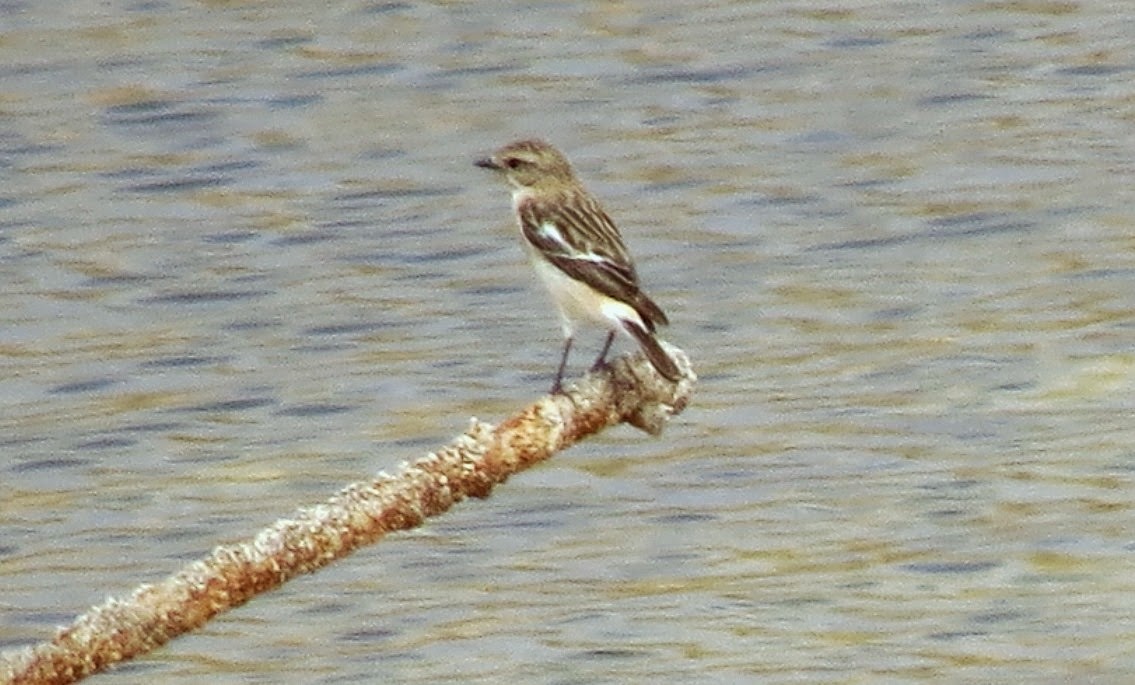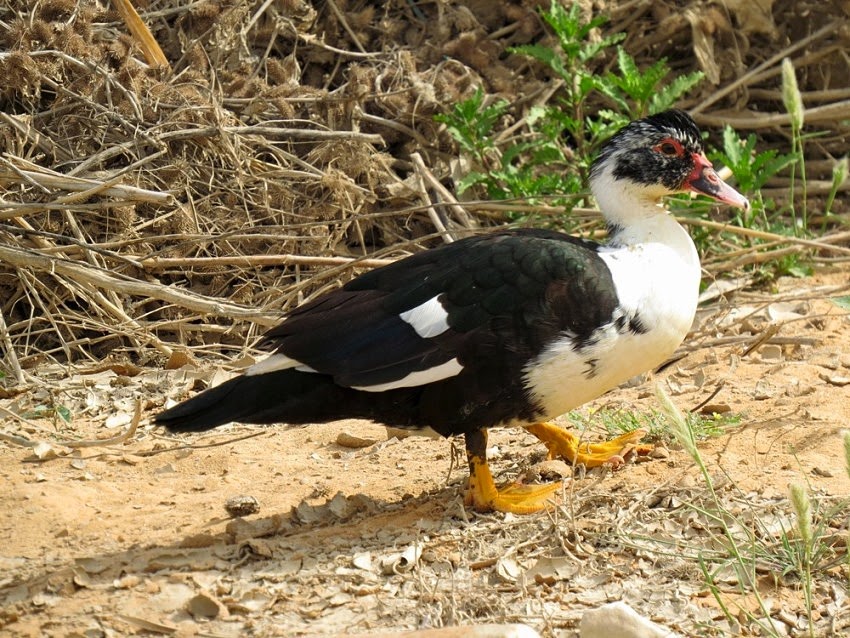This site is a large wetland north of Riyadh which is fed clean water from the cooling towers of a factory and dirty water coming by tanker from the city.
The pictures and stories are taking time to compile. In the meantime this blog looks at just one of the birds seen at the wetland.
Benard Bracken was with me on Friday's trip there. At one stage we were walking through a salty flat area next to the wetland when a Kentish plover starting behaving very strangely.
part of the distraction
We almost immediately realised we had accidentally walked straight into a breeding area. Somewhere very close by must have been the birds scrape. It behaved bizarrely to distract us. It was not really playing injured like many birds in this situation, it was more pure distraction with the oddness of its movements. At one stage it walked straight towards us.
another phase
We didn't know which way to move to avoid the scrape. In the end we headed further down the wetland rather than taking any steps back. We think we avoided the nest.
an energetic phase
While I was taking photos, Bernard had the good sense to change his camera to video mode.
the cycle begins again
He has kindly allowed me to post the video on line. The video gets even more interesting as Bernard started to zoom in about half way through.
I hope you enjoy it.
In the next blog, I'll write about the other birds seen at the wetland.


















































